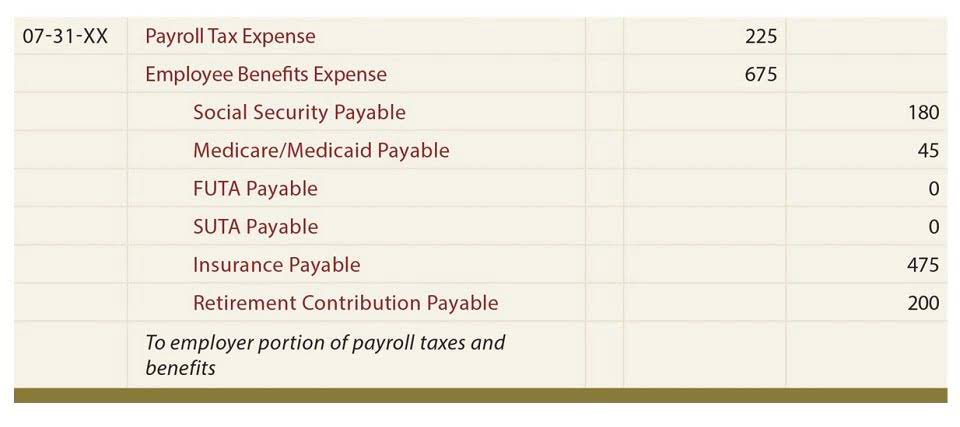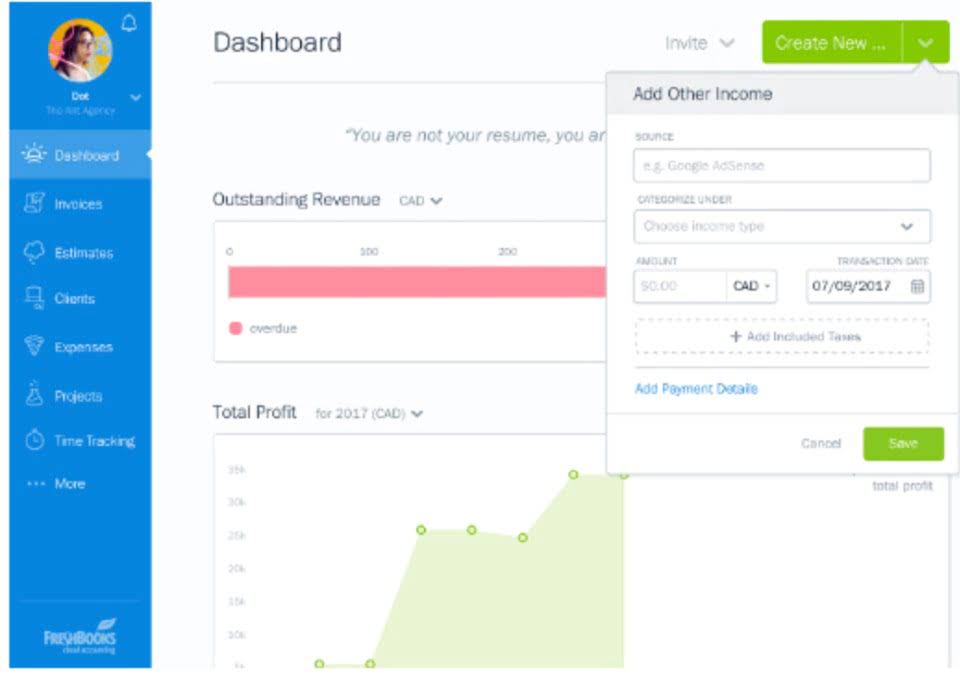
No matter your plan, all federal and state year-end business income taxes are included. Our monthly bookkeeping and streamlined reports provide actionable insights into your business so you can stay organized and make smart financial decisions. Get accurate and consistent bookkeeping & accounting services throughout the year. We also provide business insights to help you make better-well informed business decisions. We offer warranties for our services and guarantee the safety and efficiency of our offers. Mr. Roney joined ProLedge Inc. in 2009 and purchased the company in 2012.
- Examples of business assets are cash, accounts receivable, inventory or equipment.
- Double-entry accounting means that for every debit entry you make, a corresponding credit entry must be made.
- With headquarters in San Francisco, CA, and backing from some major venture capital firms, it’s not surprising that Pilot caters its bookkeeping and additional financial support services to startups.
- InDinero focuses on providing startups in the growth stage with accounting services to help them move toward an exit strategy.
- Intuit Inc. does not have any responsibility for updating or revising any information presented herein.
- If you require a CPA or want to check out our online accounting solutions, please view our CPA services here.
The accrual accounting method records financial transactions when they occur rather than when cash exchanges hands. Hiring a bookkeeping service is about more than just finding someone who can use a calculator and understand QuickBooks. You want a full-fledged team that has the professional background, training, and experience to really benefit your business. There is a subtext here that we haven’t yet discussed and it’s important that we do. Because while every task the bookkeeping service completes is vital to the financial health of your business, it’s the underlying structure they apply that really makes a difference. Although InDinero offers scalable plans, they’re not very transparent about what exactly they include in each plan until you talk to a salesperson.
What is a full charge bookkeeper?
While the basics of accounting haven’t changed in over 500 years, the practice of bookkeeping has. Bookkeeping was once done manually using actual books called journals and ledgers. Because bookkeeping is based on double-entry accounting, each transaction bookkeepers near me affects two accounts — one gets debited and the other is credited. This content is for information purposes only and should not be considered legal, accounting, or tax advice, or a substitute for obtaining such advice specific to your business.

If you need to spend your time writing checks, tracking loans, monitoring the cash flow and keeping tabs on the payroll, do you still have time left to actually manage your business? That’s where getting the help of a professional bookkeeper will be beneficial for you. You can have more time running your business operations and marketing while we handle the financial components of your business. This way, you can then focus on what you do best- management and marketing.
Bookkeeping Services of Plano
It might be confusing whether you need a bookkeeping service or accounting software, but the answer depends on the size and scope of your business. If your small business needs financing, whether it’s business credit cards or small business loans, you may need up-to-date financial statements and/or business bank account statements. Staying on top of these crucial financial tasks can help your business qualify for financing. You can choose hourly fees ($125/hour), monthly pricing starting at $349/month (normally $399/month) or weekly starting at $499/month (normally $549/month). All these plans are for businesses with up to $20,000 in expenses using the cash accounting method. Single-entry accounting records all of your transactions once, either as an expense or as income.
- Therefore, make sure you ask them which accounting app they use for their business and why.
- You can use these to make business decisions, but they should not be presented as audited, certified or official financial statements.
- Bookkeeper360 is also the only provider in this guide that works with Xero.
- This method is straightforward and suitable for smaller businesses that don’t have significant inventory or equipment involved in their finances.
- However, while the bookkeeper’s job is usually centered on transaction entry, the accountant’s is to analyze the information recorded by the bookkeeper, using accounting principles.
- This also means that you will save more money and maximize your tax deductions.



